
For decades, the National Media Museum (NMM) in Bradford has been a historic institution in the photography world, welcoming more than 600,000 visitors a year to see the collection of collections: a three-million-strong archive on the art of photography. But that might change.
Yesterday, the museum announced that more than 400,000 objects from Science Museum Group’s (SMG) are being transferred from the National Media Museum to the Victoria and Albert Museum (V&A) in London. The collection will join V&A’s existing collection of 500,000 photographs in a new International Photography Resource Centre aimed to hold the “single largest collection on the art of photography in the world.”
The transition is part of a broader initiative by the SMG of four national Museums, NMM included, to pull together collections held across its sites, SMG spokesperson Simon Thompson tells TIME. “Thinking about a wide range of factors including: care of the collections; access; cataloguing and digitization; alignment and scholarship; collections acquisition, [we] took the view that it would be in the interests of both SMG’s artistic photography collection and the nation’s broader cultural heritage to transfer these images to the V&A.”
However, some in the British photographic community view the move as one of many consistent assaults on culture in the U.K. “In anybody’s language, it’s a spectacular failure,” says Francis Hodgson, professor in the culture of photography at the University of Brighton. “They were unable to get the attention, the scholarship or the staffing to secure their holdings. This move to the V&A may turn out to be a good salvage, but we can’t ignore the fact that the National Media Museum has been unable to deal with their own assets. And that’s catastrophic.”
The NMM used to be named the National Museum of Photography, Film and Television. Their decision to change the name to NMM in 2006 signaled a shift in direction. Rather than being anchored in collections, the museum catered to groups of school children looking for interactive and hands-on experiences that focus on science, technology, engineering and maths.
This year, the NMM has received nearly £2.5 million investments in learning programs from Bradford Metropolitan District Council and the Science Museum Group, Thompson says. The funding will go towards a new interactive light and sound gallery due to open in March 2017, in addition to an upgraded digital IMAX theatre and a permanent gallery that showcases science and technology collections. But without the treasured archive, many are worried that the museum’s future is uncertain.
Even more disconcerting is the future of the collection, Hodgson says. While the permanent gallery space dedicated to photographs at the V&A will be doubled, no plans to increase staff or funding have been announced. “In terms of storage and cataloging, there is a huge administrative labor before access and profit can be gained from this addition,” he says. “It’s predictable though not certain that the Victoria and Albert Museum will not be able to valorize that collection any more than Bradford was able to.”
The RPS agrees, calling for V&A to meet the financial needs of the new collection in a statement yesterday. “While the move will prove beneficial in opening up access to the RPS Collection,” they wrote. “The Society is concerned that the absence of a single institution with the curatorial expertise to collect and interpret all aspects of photography beyond its art will lead to a selective and narrow appreciation of photography.”
The transfer is still in early planning stages. “[We] will survey the resourcing necessary to care for the collection in due course,” says Zoë Franklin, a spokeswoman for V&A.
Rachel Lowry is a writer and contributor for TIME LightBox. Follow her on Twitter and Instagram @rachelllowry.
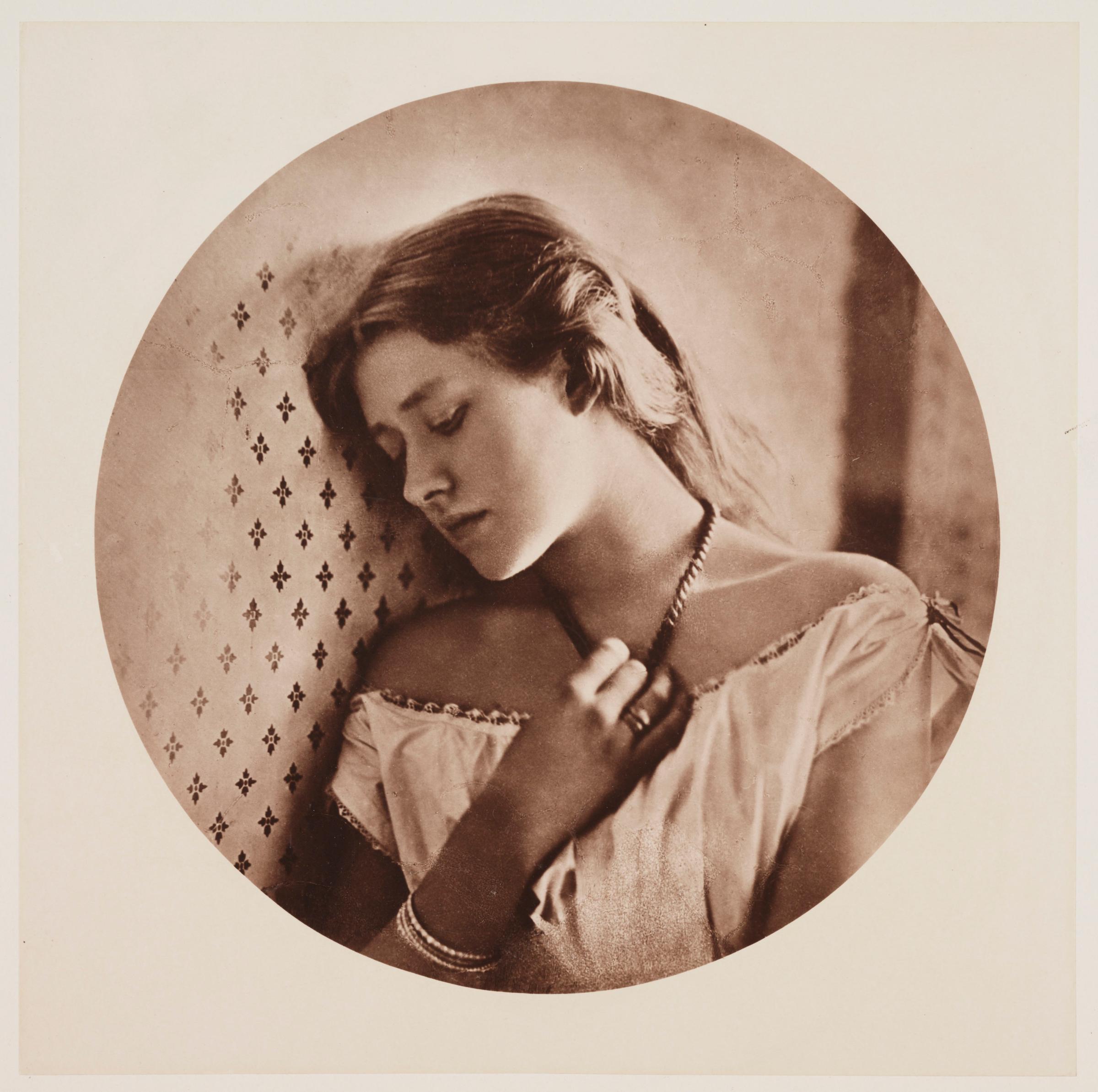

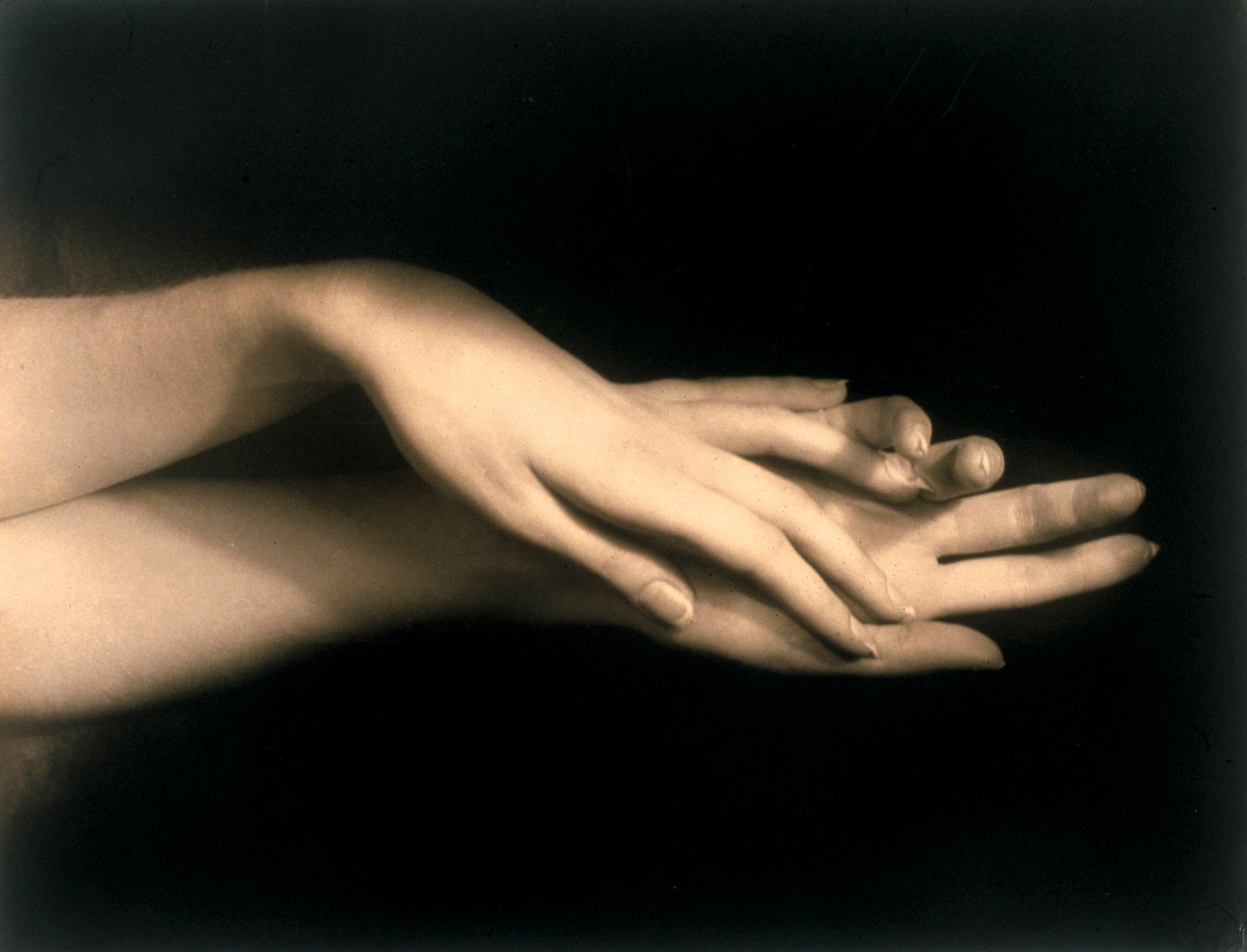
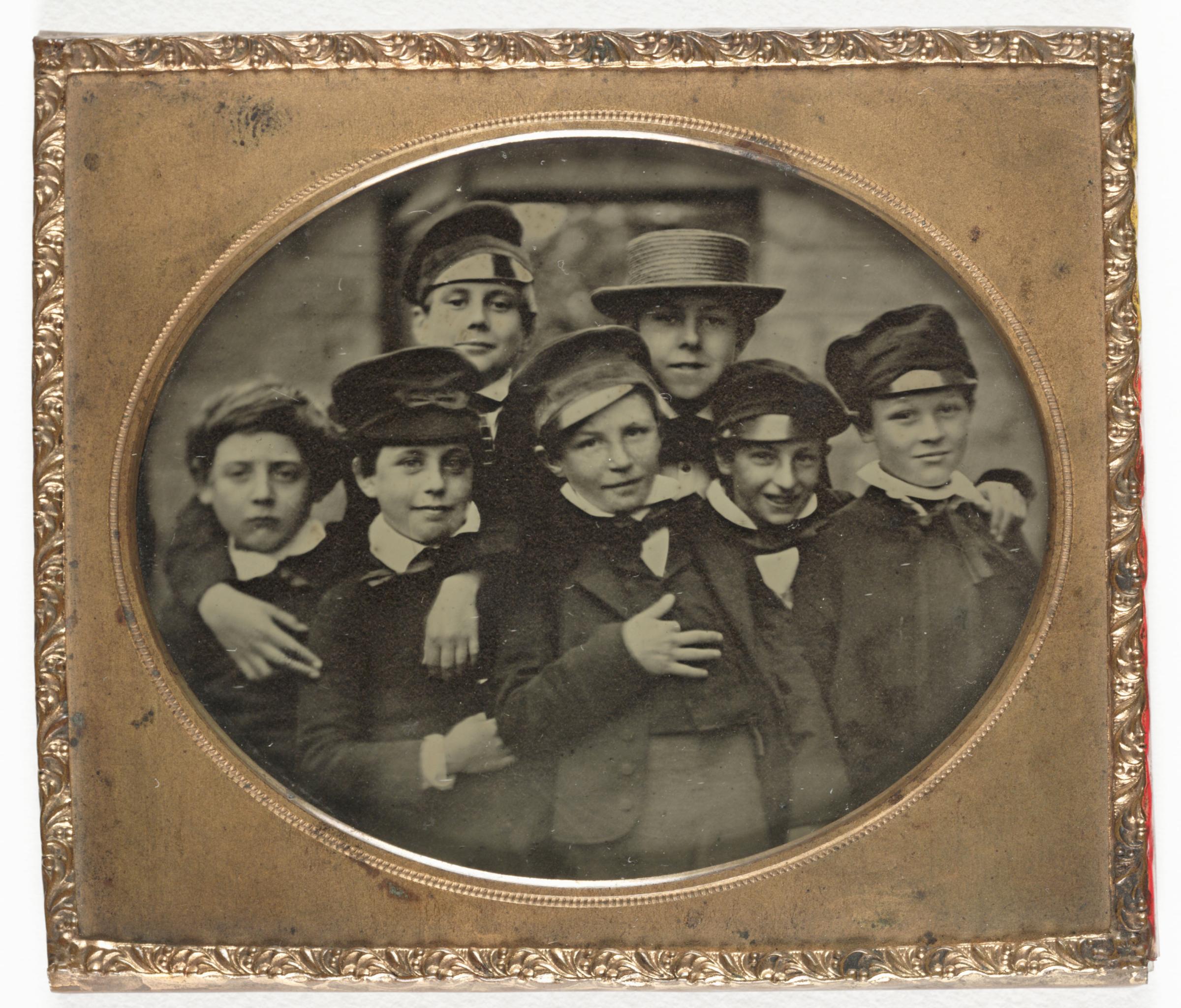



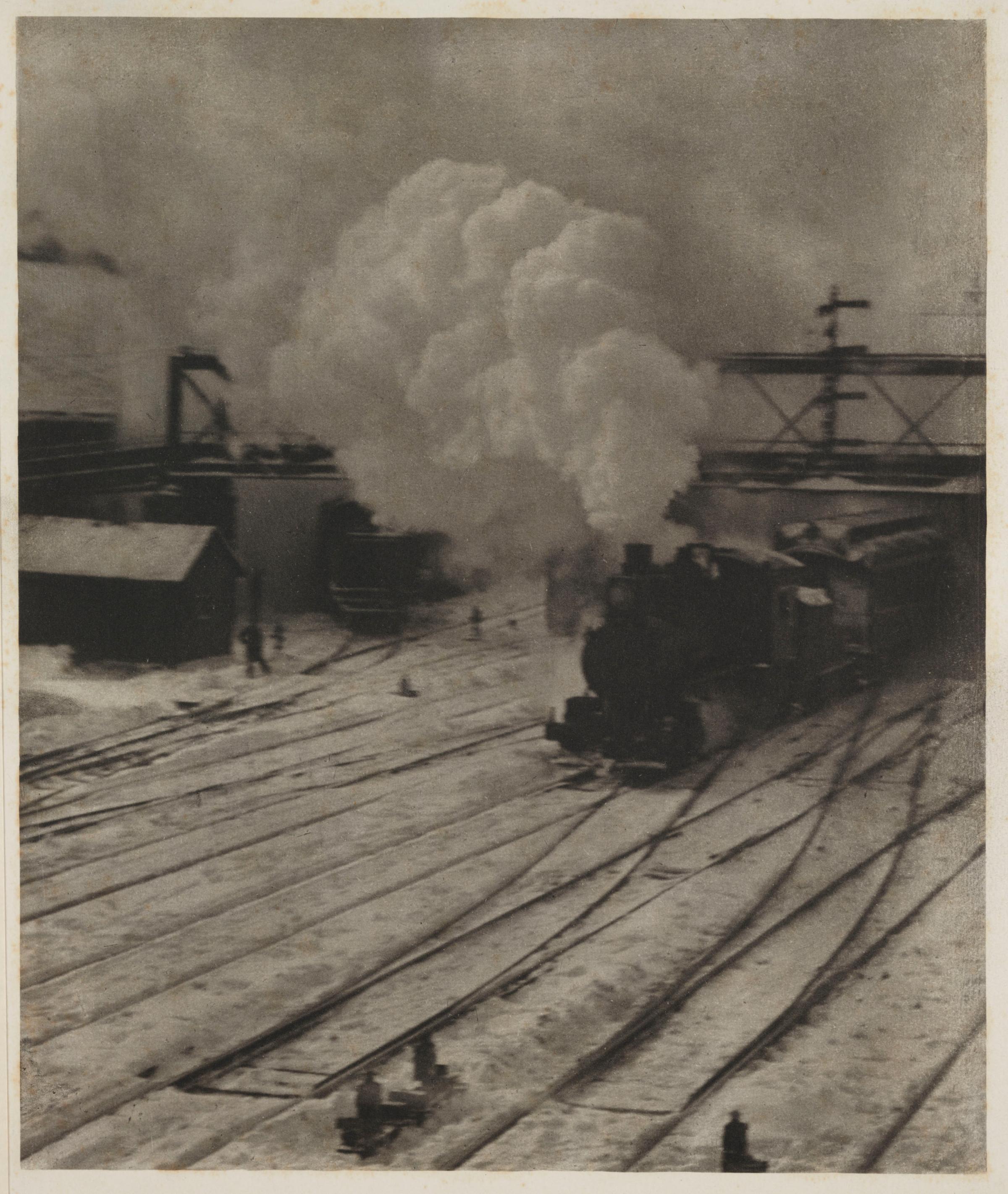
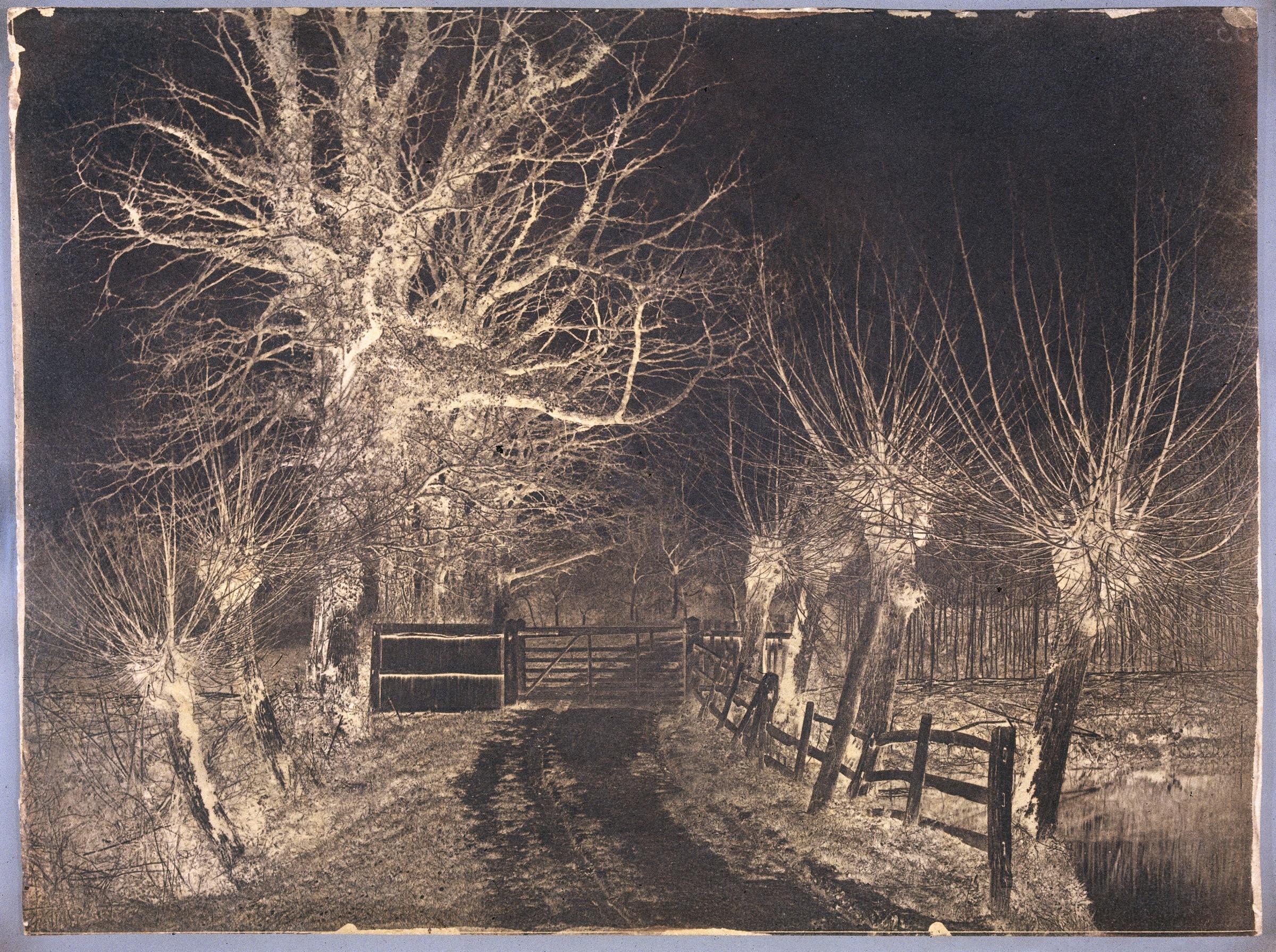
More Must-Reads From TIME
- The 100 Most Influential People of 2024
- The Revolution of Yulia Navalnaya
- 6 Compliments That Land Every Time
- What's the Deal With the Bitcoin Halving?
- If You're Dating Right Now , You're Brave: Column
- The AI That Could Heal a Divided Internet
- Fallout Is a Brilliant Model for the Future of Video Game Adaptations
- Want Weekly Recs on What to Watch, Read, and More? Sign Up for Worth Your Time
Contact us at letters@time.com